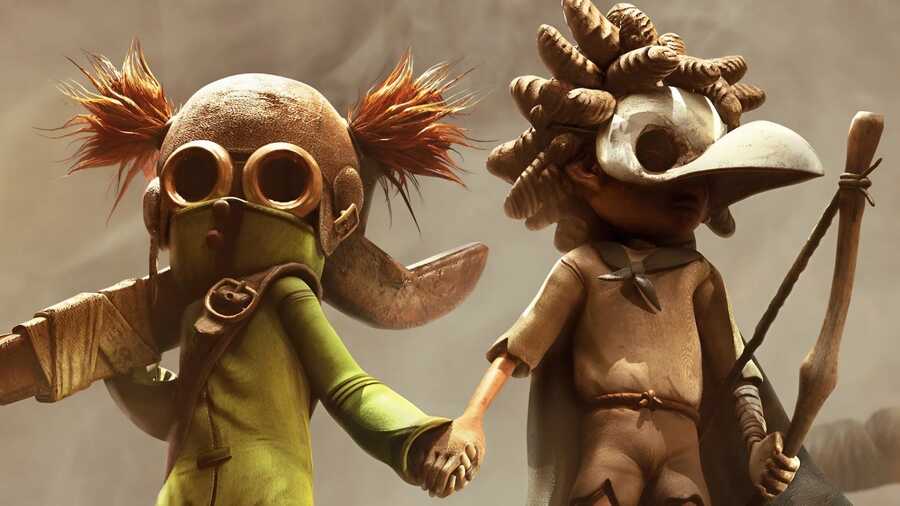
The existence of this third installment is a clear indication of the triumph of the two earlier Little Nightmares games.
Instead of the original Swedish series creator Tarsier moving on to a different project called Reanimal, Bandai Namco decided to work with Supermassive Games – known for developing Until Dawn – to create this cooperative-focused sequel.
The UK studio might initially appear unconventional, given its expertise lies in creating story-driven adventure games. However, it’s worth noting that this studio is also well-versed in cooperative gameplay, particularly with their series of Dark Pictures Anthology games, which are marketed as social gaming experiences.
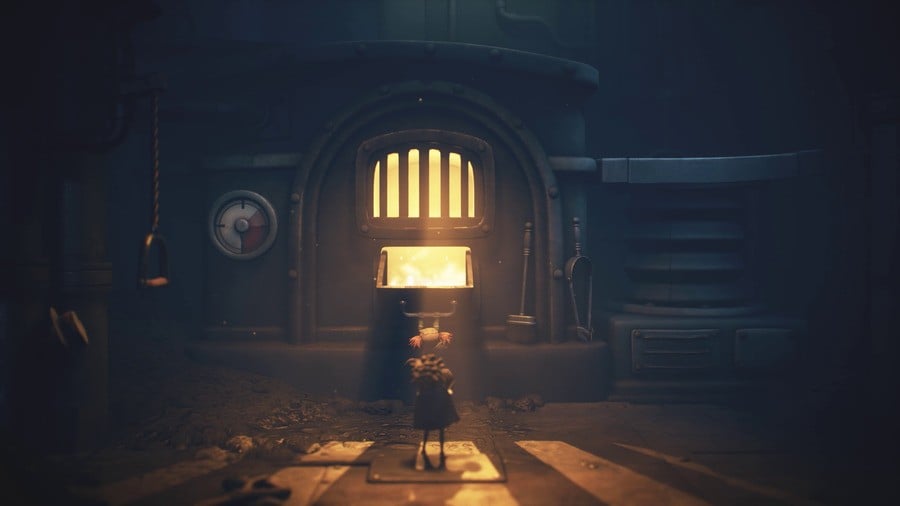

Earlier this month, we had a private gathering where we got to play the eerie Carnival level of Little Nightmares 3 for approximately 90 minutes. This experience was made even more enjoyable as I teamed up with another games journalist for a cooperative gameplay session.
It’s important to note that this cooperative game exists exclusively in the digital realm, and does not support a split-screen mode. The reason for this decision lies in the developer’s desire to preserve an intense, uninterrupted atmosphere which they believe may be compromised by the addition of split-screen functionality.
To enhance user-friendliness, the game will feature a “Friend Pass” similar to Split Fiction, allowing anyone to play even if just one individual owns the complete version of the game.
In a conversation shortly after our gameplay, executive producer Coralie Feniello explains that the team aimed to have direct control over the camera. Splitting the screen for multiple perspectives seemed like it would make the puzzles excessively difficult, so they decided to keep each character as the sole user of the camera instead.
Players who have experienced earlier editions of Little Nightmares can anticipate a similar structure: each room contains a challenge, and solving it requires careful observation of the surroundings to understand the necessary actions.

The twist here is that you’ll choose to play as one of two characters: Alone or Low.
The primary character is adorned with striking red pigtails, goggles, and a large wrench as her tool. This is who you play as in the game. In contrast, the secondary character wears a bird mask, using a bow and arrow.
Together, they balance each other out – for instance, in a conflict scenario, Low’s bow and arrow would allow you to take down enemies by shooting their heads, while Alone’s wrench could be used to deliver the finishing blows.
In certain instances, it’s essential that you work together by leveraging your individual skills. For example, one person might shoot an arrow at a switch, while the other cuts through a wooden panel with a tool, allowing you both to advance into the subsequent room.
Working together in cooperative mode, we encountered that each puzzle required some experimentation, and given the significant implications, we often felt rushed to determine our next move. Luckily, respawns happen quickly and there are numerous checkpoints, yet those playing individually might discover the game is slightly less challenging.
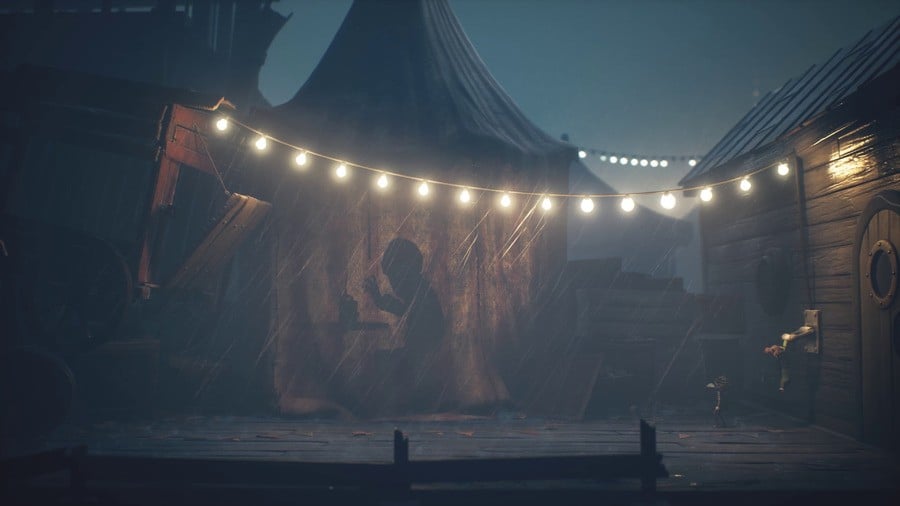
According to Feniello, playing in multiplayer mode presents more difficulties since coordination with teammates is crucial, unlike working with AI which performs tasks instinctively, reducing the risk of failure. However, communication is lacking with AI, so finding solutions becomes challenging. Essentially, it’s about striking a balance; both modes have their own unique challenges.
Revisiting our previous discussion, it seems that we might have overcomplicated our solutions. In retrospect, the answers often appear simpler than they initially seem. It’s quite enjoyable to stumble upon these insights!
Many of the game’s puzzles heavily utilize its physics engine, a system with roots reaching as far back as LittleBigPlanet. For those familiar with our reading history, you might recall that Tarsier Studios collaborated extensively on Media Molecule’s franchise for an extended period, and this series has preserved that soft, ragdoll sensation throughout.
As a devoted admirer, I’m excited to note that although Reanimal has ventured into a more unsettling art style, Little Nightmares 3 remains true to its distinctive Tim Burtonesque aesthetic.
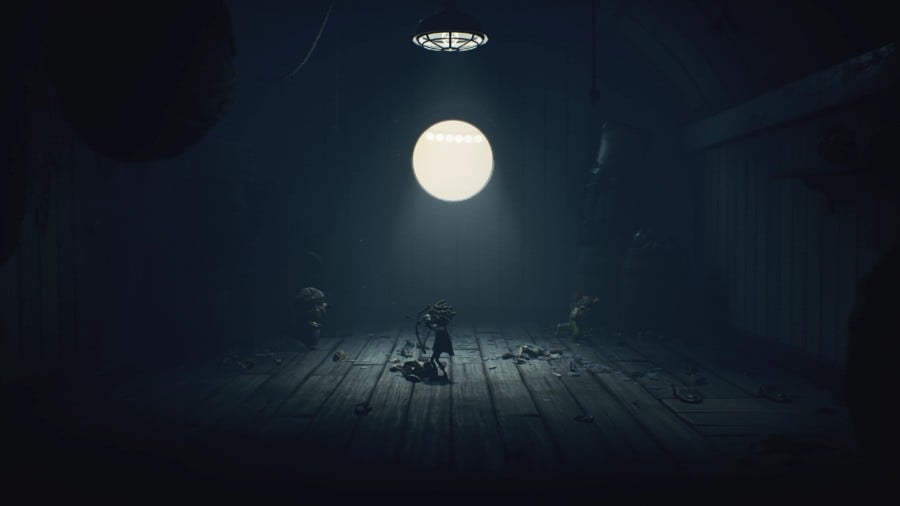
Feniello chuckles, describing it as an intriguing blend of terror,” he says. “The children’s intermittent rays of optimism in a vast, gloomy cosmos, and the sensation of not fitting in – these elements were crucial to maintain, and they held significant importance for us.
She notes that Carnevale is designed to vividly evoke childhood fears, creating a dark and eerie atmosphere reminiscent of a twisted carnival, complete with massive, dull-colored tents amidst heavy rainfall.
The one thing that surprised us, though: no clowns! (That we saw, anyway.)
According to Feniello, ‘Little Nightmares’ aims to avoid being overly straightforward in its horror approach. Unlike typical horror games, it doesn’t heavily rely on graphic violence. While there may be occasional gruesome scenes, the game is primarily focused on subtleties and hidden elements rather than explicit gore.
In the style of previous Little Nightmares games, you’ll encounter a formidable adversary – a ventriloquist figure that lurches around, accompanied by a smaller, swift creature resembling a maggot.
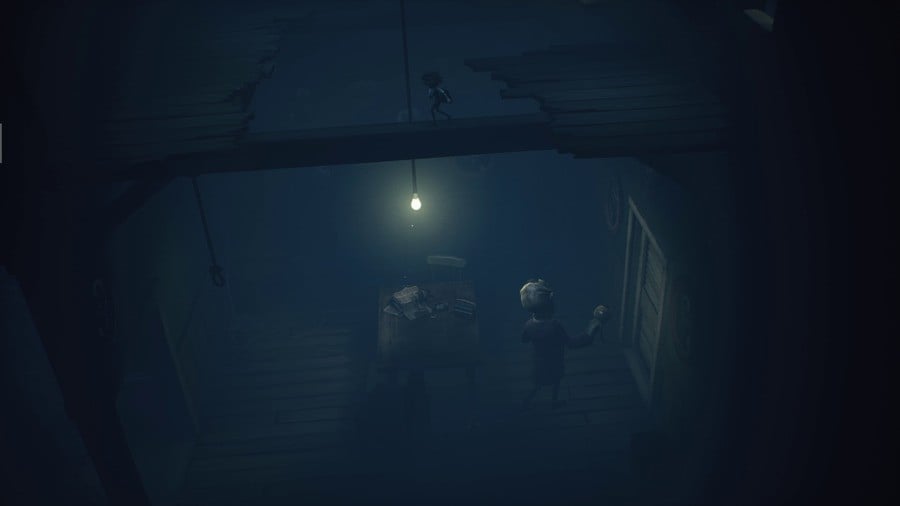
Feniello added, “It’s quite fascinating how these two rely on each other just to exist.” He also mentioned that he noticed you found pleasure in slaying the smaller one at the end, a reward well-deserved after all the pursuits.
At the end of this level, you manage to flee in a hot air balloon. However, the creature mentioned earlier tries to join you. Your job then is to ignite the flame, which burns the ‘nightmare fuel’. This thrilling conclusion comes after a level that’s quite emotionally exhausting throughout.
It’s likely that Little Nightmares 3 will include many of those tense, challenging moments, but we’re still hesitant about the cooperative play aspect. With such a short time frame for understanding what actions are required in certain situations, there’s a risk that this game could put a strain on friendships and potentially lead to frustration.
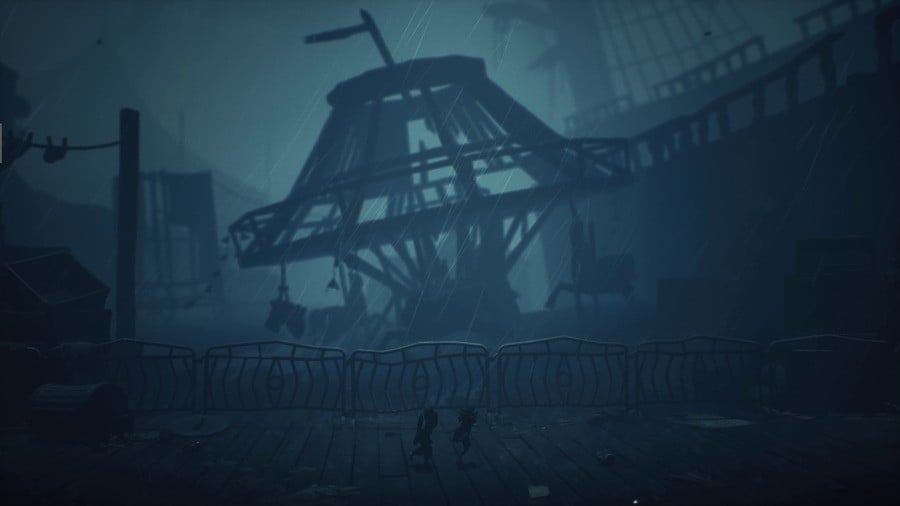
If the gameplay for the single player resembles Little Nightmares 2, with controlling only a companion, it’s more likely to be successful, provided that we can overlook certain aspects like those where you’re separated from your partner and lack insight into what happens when they’re out of sight.
No matter what, we’re still captivated by the artistic style and plush toy aesthetic of the characters. Given the triumphs of previous versions, it appears that all the elements are coming together nicely for this third installment to satisfy dedicated fans.
Read More
- Gold Rate Forecast
- Wednesday Season 2 Completely Changes a Key Addams Family Character
- 10 Most Badass Moments From Arrow
- Best Season 10 PvE Build in New World: Aeternum
- Jimmy Kimmel Slams ‘Angry Finger Pointing’ Following Charlie Kirk Shooting After Building a Career off Angry Finger Pointing
- Dynasty Warriors remastered title and Dynasty Warriors: Origins major DLC announced
- Age of Empires IV: Anniversary Edition coming to PS5 on November 4
- Atomfall: All Endings Explained
- Timothee Chalamet heist film
- Black Phone 2 Review: The Sequel to Blumhouse’s $160M Hit Is a Disappointing Elm Street Copycat
2025-09-10 17:09